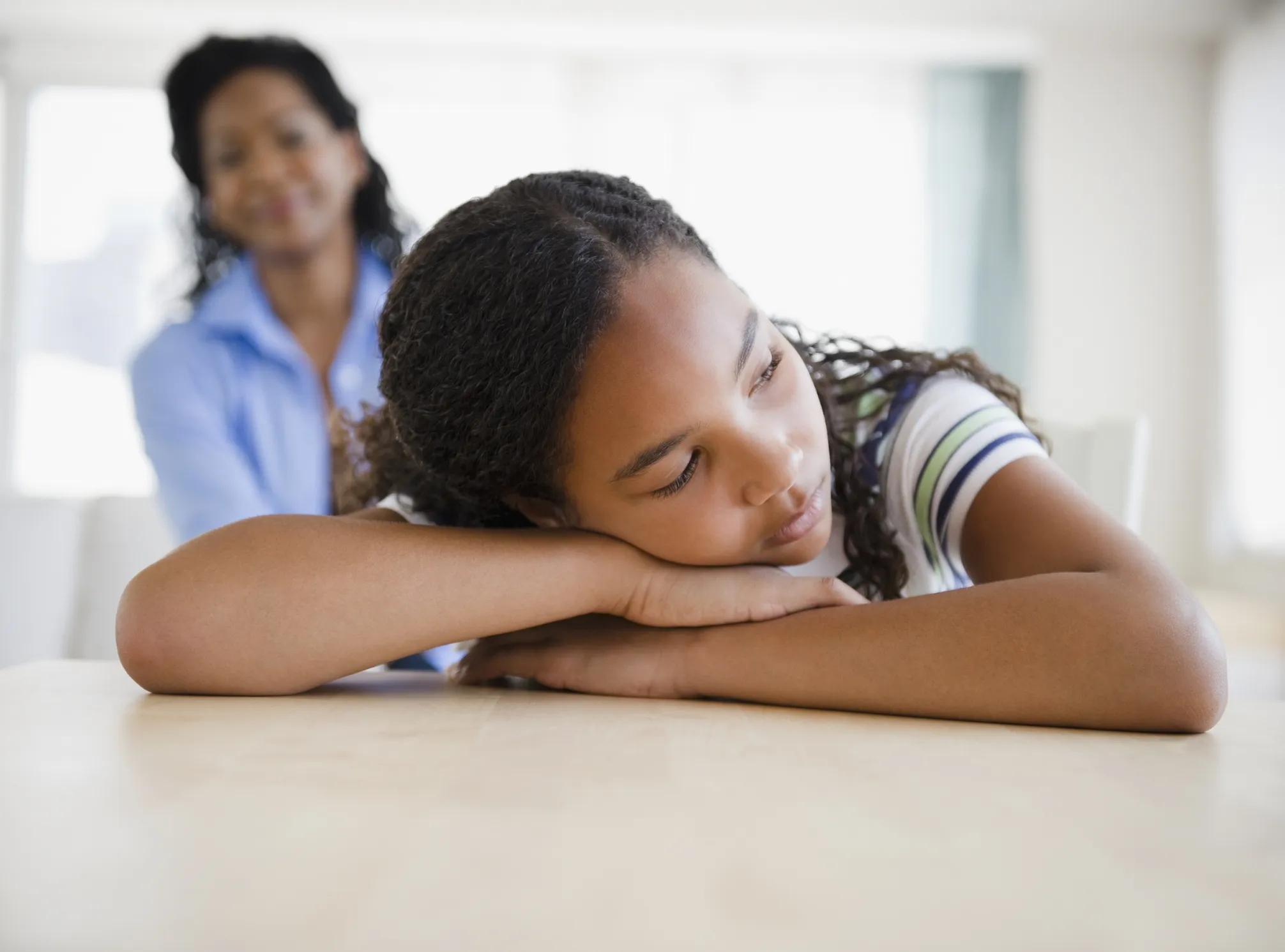September is National Suicide Prevention month, and now more than ever it’s important that we raise awareness for the mental wellbeing of our youth. The world looks and feels different for everyone this year. As we all learn to navigate our new normal, it’s crucial that we recognize signs of depression in our children.
Here are a few ways you may be able to determine if your child is experiencing depression.
First, depressed children may lose interest in activities that they previously enjoyed; they lack the motivation or excitement to play soccer, hang out with friends, or play outside. They complain of boredom, but nothing excites them or interests them. They may simply prefer to sleep or spend time in bed. When they do engage in these previously loved activities, they aren’t having fun or enjoying them the way they used to. They feel as if they cannot experience joy or happiness the way they once could. Depressed children may have trouble initiating and maintaining friendships, and they may withdraw from others and socially isolate.
Depressed children are often sad, irritable, angry, or aggressive. You may see an increase in crying and/or temper tantrums. Depressed kids tend to have low self-esteem, low energy levels, and feelings of hopelessness. They feel as if their lives will never get better. Depressed children often feel as if they cannot do anything right, which serves to exacerbate their depressed state.
Now, pediatric behavioral and mental health services are easier than ever to access for patients and families with our new specialty clinic in Baton Rouge. Click here to learn more about Children’s Hospital Baton Rouge Specialty Center.
Children’s Hospital New Orleans is doing more than ever to help kids and teens struggling with mental and behavioral health challenges. Learn more about the Children’s Hospital Behavioral Health Center here.
A significant concern related to depression is suicide. Suicide is the 10th leading cause of death in the United States for individuals of all ages, and it is the third leading cause of death for individuals between the ages of 15 and 24. Suicide rates have been rising for children between the ages of 10 and 14 over the past 20 years. In the state of Louisiana, suicide is the 11th leading cause of death. One person dies by suicide every 12 hours in the state.
It’s important to understand that there is no typical suicide victim. There is no one detail or thing that you can point to and say, “This child is considering suicide.” Suicide is complex, and there are numerous red flags that a child or adolescent may exhibit. Children and adolescents who are thinking of suicide are often fascinated with death, dying, and suicide. They may be preoccupied with violence and weapons, and they may talk, write, or hint about suicide. Teenagers who are considering suicide may give away their belongings, particularly those that they hold dear to them. They may become increasingly withdrawn, apathetic, depressed, angry, and/or resentful.
You may be wondering what puts a child or adolescent at greater risk of suicide attempt/completion. There are numerous risk factors associated with suicide, including previous suicide attempts, substance abuse, previous or ongoing abuse (physical, sexual, and/or emotional), academic difficulties, family/relationship difficulties, recent loss (e.g., death, parental separation/divorce, relocation), impulsivity, poor judgement, untreated mental health problems, aggression/fighting/bullying, past or present self-injurious behavior, family history of suicide, and minority sexual orientation and gender identity. There are also cultural factors that put an individual at increased risk of suicide attempt, including changes in gender roles and expectations, conformity and assimilation, feelings of isolation and victimization, and rational response to shame. The individual’s home and community also play a role in suicide risk.

It is important for children and teens who are depressed and/or suicidal to have at least one adult in their lives with whom they have a close relationship. This can be a parent, teacher, coach, neighbor, religious leader, etc. There may be many factors over which you have limited control, but there are also steps that parents and educators can take to ensure kids don’t slip through the cracks.
As a parent, make sure to talk with your child. Check in with your child on a regular basis so that you can establish an open line of communication. Make sure your child knows that there are no topics that are off limits and that they can come to you for anything. You can also check in regularly with other adults in your child’s life, such as his or her teachers, school counselors/social workers, coaches, dance instructors, etc. Limit screen time and encourage social interaction. Promote family time, especially one-on-one time with parents. If your child expresses suicidal thoughts, always consider this to be an emergency. Know about resources you and your child can use, such as the National Suicide Prevention Hotline (1-800-273-TALK [8255]) or by bring your child to the nearest emergency department.


